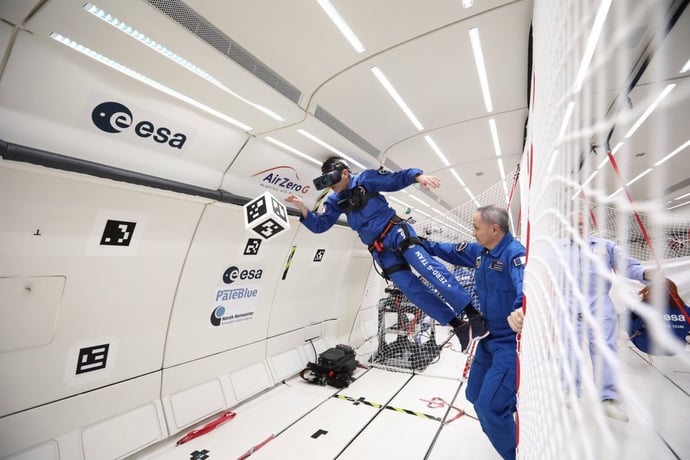Effective Training Requires Crystal-Clear Vision
Connie Miller and spaceflight training software engineer Jim May have been exploring the possibility of using VR for astronaut training since 2017, but until last year, the immersive training opportunities were still limited.
But the ambition level was high. Boeing developers in Australia had 3-D modeled the Starliner console using Unreal Engine. In Houston, the virtual training applications were integrated to the physical simulators. Meanwhile, Miller and her colleagues took on the task of testing all available VR devices on the market.
Astronauts need crystal-clear vision to be able to read the display panels in the capsule. The spacecraft’s crew console consists of two displays, each about the size of an iPad, which show mission-critical flight data such as the velocity and trajectory of the aircraft as it moves in space.
For the VR training to be effective, astronauts need to be able to read all the displays simultaneously while operating the simulated aircraft with their hands or controllers. With earlier VR headsets, reading the displays in the immersive training environment was only possible when leaning in close to the displays – but then the astronauts couldn’t see their hands, making it unsuitable for training.
With the human-eye resolution in Varjo headsets, astronauts can see the smallest of details on the crew console. For the Boeing Starliner program, this unlocks unprecedented virtual reality training opportunities for a crewed space mission.









